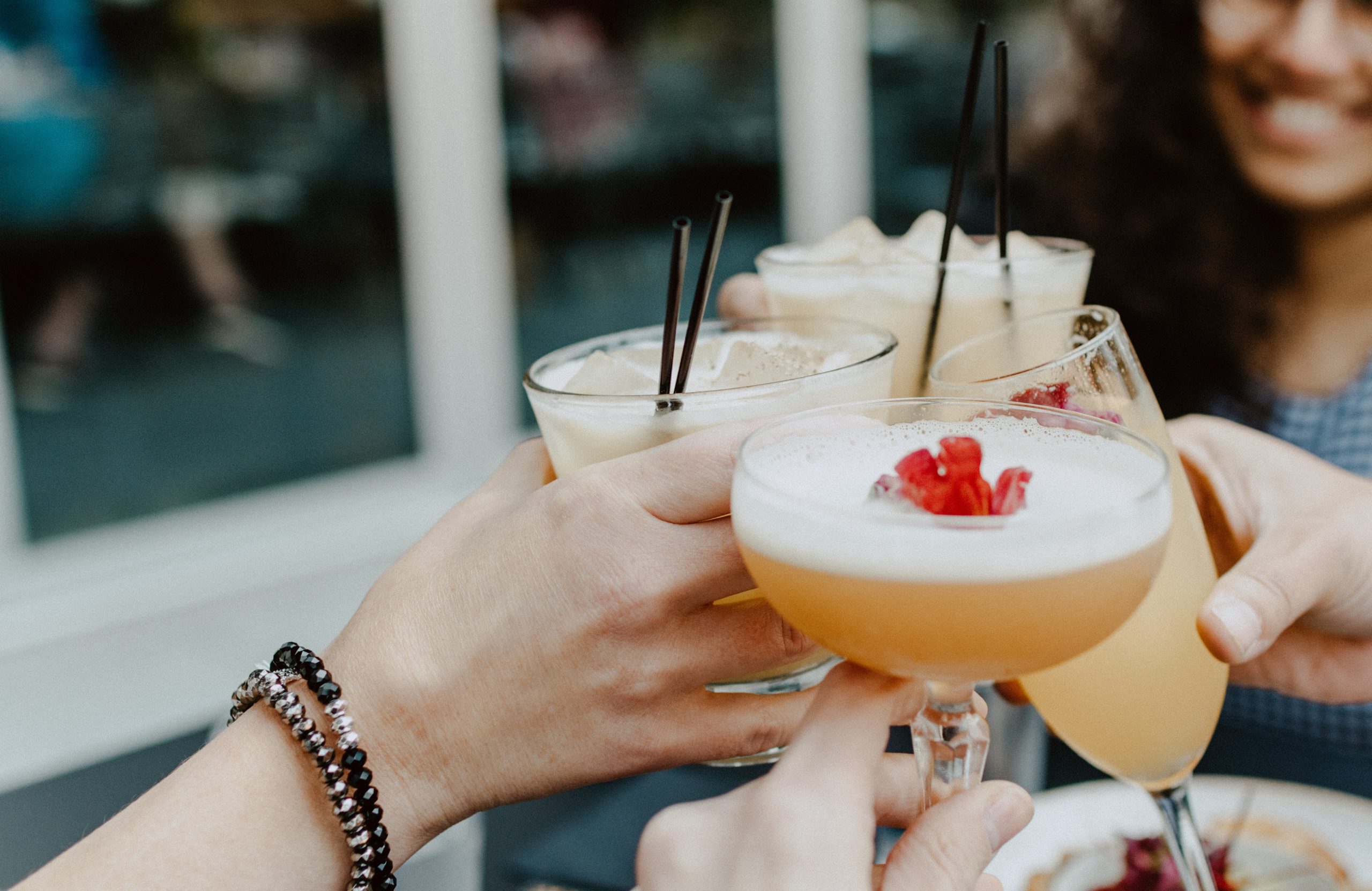The Black Forest – a place of myth and magic, of castles and fairy tales. Fashion may not be the first thing you think of when someone mentions the region, but there is something magical happening there and has been for nearly a century.
The Black Forest – a place of myth and magic, of castles and fairy tales. Fashion may not be the first thing you think of when someone mentions the region, but there is something magical happening there and has been for nearly a century.
by Ross Pollard
99 years ago, Bernd Ostwald’s grandfather opened his leatherworking shop. Now, as the third generation of the family to be at the helm, he has a keen sense of both the past and future, of not only the company but the industry itself.
“We’re kind of a dinosaur, we need craft skills, we can’t do mass production in a modern way”, he says as we chat via video link. He hops from foot to foot, swaying with energy and excitement as he talks, grabbing bags to highlight points as he tells me about how he mixes the past and present.
“We’re craftsmen, I’m trying to keep it as my grandfather did. Our splitting machine is over 70 years old you know. . . but when you’re conservative you must find ways to change your thinking”.
The modernity of many of his bags can be found in the contoured shapes, the hidden seams, the clever clasps. Depending on where you look in the showroom you could be at a fashion week for a collection debut or drawn back to any era of the last century. Yet somehow while there is a difference, there is familiarity in the connection of the designs.
I ask him a question, one that drives at the heart of fashion’s big debate. What is sustainability to him and can the slow fashion outlook of a business like his, that measures unit production in weeks rather than minutes, play a role in that? “We’re coming from a story of bespoke, making it special. One person creates a single piece like a tailor and each bag is unique; we can change it for the customer”, he explains.
The energetic flow builds to a crescendo as he moves on with his explanation. “All our materials are bi-products from the meat industry that would go to waste. We ask ourselves how we can honour the materials. We have too much meat, too much milk, everything is too cheap. If you make something that can be passed on to the next generation, that is more sustainable”.
But for Bernd, it doesn’t end the day on which the piece leaves his showroom. “There is always going to be an after-care service as long as we exist. We like to repair; we have to talk to customers about aging and care”. I jump in to ask him about that, what does he mean?
“Leather changes, it’s alive. A baby and a grandfather don’t have the same skin and neither will leather”.
Leather may be an individual choice, but it’s interesting to hear the plus points often forgotten in a rush towards new materials and technology. As he says, it is a waste product, and using it saves it from ending up in landfills. It is durable, so will last longer than many other textiles and alternatives. It changes with you, growing as I will and you will and we, like leather, benefit from a good care regime.
Despite all the variables in the conversation of what sustainability in fashion means, there is a thought that I return to time and time again; the product must be desirable – and Ostwald have cracked that challenge for 99 consecutive years.
Bernd Ostwald
Go to Bernd Ostwald here and follow on Instagram here.
Ross Pollard Fashion & Grooming Editor
Follow Ross here










